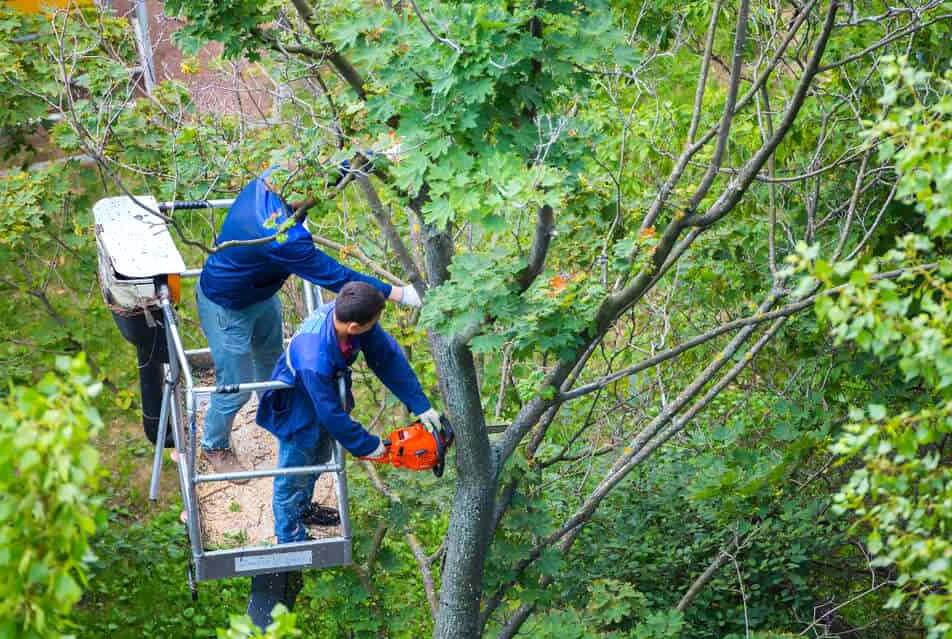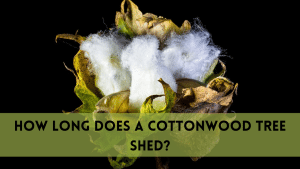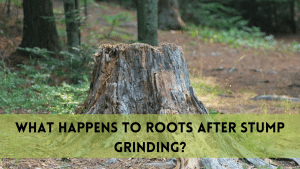Planting and caring for trees is an investment in the future. It is our obligation as caretakers of these natural treasures to ensure that they grow robust and healthy. Tree pegs are a frequent weapon in the arborist’s arsenal, providing critical support during the early stages of a tree’s life. In this post, we’ll go deeper into the topic of tree stakes, examining when and why they should be removed to allow for optimal growth and how you can remove tree stakes.
Understanding Tree Support
As the name implies, tree stakes are wooden or metal posts hammered into the ground adjacent to a young tree to provide stability. They come with ties or straps that attach the tree to the stake and keep it from bending or toppling over. While this may appear to be an artificial means of support, it is critical in the development of young trees.
The initial few years of a tree’s life are very sensitive to natural variables including strong winds, heavy rain, and even curious creatures. A young tree may struggle to build a strong root system and grow vertically if it is not. Acting as training wheels for nature, they ensure that the tree develops straight and true.
Signs It’s Time to Remove Tree Stakes
Tree stakes should never be used in a “set and forget” manner. You must attentively observe the tree’s growth to determine when it’s time to remove these supports. The timing for removal varies depending on the tree type and local environmental circumstances, but as a general rule, consider removal after the first year or two.
Here are several tell-tale signs that it’s time to say goodbye to your tree stakes:
- A healthy, mature tree should have a strong trunk that can hold itself without swaying unduly in the breeze.
- As the tree ages, it should show visible development in its branches and leaves, indicating that it has effectively established itself.
- A self-supporting tree should stand proudly with no visible lean, showing that it can maintain its equilibrium on its own.
- Planting and nurturing trees is an investment in the future. As caretakers of these natural wonders, it’s our responsibility to ensure they grow strong and healthy. Tree stakes are a common tool in the arborist’s arsenal, providing crucial support during the early stages of a tree’s life. In this article, we’ll delve deeper into the world of tree stakes, exploring when and why they should be removed to facilitate optimal growth.
Monitoring Growth
The use of tree stakes should never be a “set and forget” approach. To determine when it’s time to remove these supports, you must closely monitor the tree’s growth. The timing for removal can vary depending on the tree species and local environmental conditions, but a general rule of thumb is to consider removal after the first year or two.
Here are key indicators that signal it’s time to bid farewell to your tree stakes:
- Sturdy Trunk: A healthy, mature tree should boast a sturdy trunk capable of supporting itself without swaying excessively in the breeze.
- Visible Growth: As the tree matures, it should exhibit noticeable growth in its branches and leaves, signaling that it has successfully established itself.
- No Leaning: A self-supporting tree should stand proudly without any noticeable lean, indicating it can maintain its balance independently.
The Purpose of Tree Stakes
Tree stakes, as the name suggests, are wooden or metal posts driven into the ground next to a young tree to provide stability. They are accompanied by ties or straps that secure the tree to the stake, preventing it from leaning or falling over. While this may seem like an artificial means of support, it serves a vital role in the development of young trees.
During the first few years of a tree’s life, it is particularly vulnerable to environmental factors such as strong winds, heavy rain, or even curious wildlife. Without adequate support, a young tree can struggle to establish a strong root system and grow vertically. Tree stakes, therefore, act as training wheels for nature, ensuring that the tree grows straight and true.
Risks of Leaving Stakes Too Long
Prolonged reliance on tree stakes can limit the tree’s natural swaying motion, which is necessary for the development of a robust trunk. This can result in a weaker tree overall.
Prolonged reliance on tree stakes might inhibit the tree’s natural swaying motion, which is required for the development of a sturdy trunk. This can lead to a poorer tree overall.
Girdling
Girdling occurs when the straps or ties used to attach the tree to the stake become too tight as the tree grows. This can result in girdling, a situation in which the tree’s natural growth is restricted, potentially causing long-term damage.
Disease and pests
Moisture can become trapped between the stake and the tree’s bark, creating an ideal breeding environment for pests and illnesses. This can jeopardize the tree’s health and longevity.
How to Properly Remove Tree Stakes
- To prevent pressure on the tree, tree stakes should be removed with care. Here’s a step-by-step instruction for safely removing tree stakes:
- Before considering stake removal, evaluate the tree properly. Ascertain that it appears robust, solid, and capable of standing on its own.
- Remove any ties or straps that hold the tree to the stake. Take special care not to damage the tree’s fragile bark throughout this process.
- It’s better to remove one stake at a time rather than all at once. This progressive method helps the tree to acclimate to the altered support system.
- Even after the stakes have been removed, keep a watchful eye on the tree’s stability for several weeks.
The Best Time to Remove Tree Stakes
When the tree is dormant, the best time to remove tree pegs is in late winter or early spring. This time of year is perfect because the tree is less actively growing, lowering the danger of stress or harm during stake removal.
Furthermore, the ground is usually more workable during this time, making it easier to remove the stakes without harming the tree’s root structure. By carefully selecting this season for stake removal, you can assure a smooth transition to self-support for the tree, supporting healthy and independent growth.
FAQS
Is it required to stake all newly planted trees?
No, not all trees require staking. Staking is especially important for young trees that are sensitive to severe winds, unstable soil, or other environmental variables that can cause leaning or tilting.
Can I reuse tree stakes for different trees?
It is not advisable to reuse tree stakes for different trees. This increases the possibility of spreading diseases or pests from one tree to another. It is advisable to use new stakes for each tree.
What should I do if my tree begins to lean after I remove the stakes?
If your tree begins to tilt after you remove the stakes, you can gently restake it for a brief amount of time to provide additional support until it regains its stability.
Are there any alternatives to tree stakes for supporting young trees?
Yes, alternatives include tree guying systems, which require anchoring the tree to the ground using cables, and windbreaks, which act as a natural windbreak. The option is determined by the tree’s and its surroundings’ individual requirements.
When is the greatest time of year to remove tree stakes?
Late winter or early spring is often the best time to remove tree stakes because the tree is still dormant and the ground is typically more manageable. This reduces stress on the tree throughout the changeover.
Conclusion
In conclusion, knowing when to remove tree stakes is an important component of tree care. While these supports are essential during a tree’s early years, they should not become a permanent presence in your garden or landscape. You may ensure that your trees grow to their greatest potential, gracing your surrounds with their strength and beauty, by detecting signals of maturity and following a gentle removal method.





